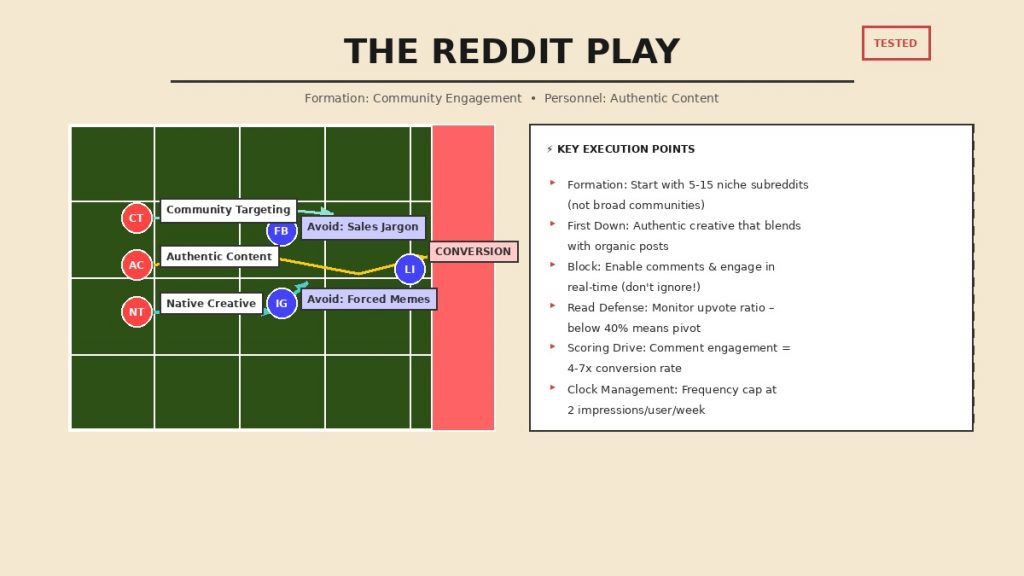Before moving to “the dark side” of communications about five years ago, I spent a couple of decades or so as a tech trade magazine reporter and editor for now-defunct media outlets such as Telephony, Inter@ctive Week and xchange, as well as a media company that still exists today.
Tech journalism – and, by extension, PR and marketing – used to be so simple
In the early days, tech reporters’ approach in deciding what stories to write was fairly simple.
We would do content creation about the news announcements, keynote speeches, panels and trending tech conversations at tech trade shows such as SUPERCOMM and TELECOM (domestic and international events about all things telecom), NetWorld+Interop (an enterprise networking show), and CTIA and Mobile World Congress (wireless technology confabs that exist to this day).
Tech reporters like me would hop on the phone with telco executives and engineers from the former Bell companies and independent telephone companies like GTE; their major suppliers such as Ericsson, Northern Telecom and Siemens Stromberg-Carlson; and the brain trust at Bellcore, which served as the R&D arm of the regional bell operating companies (RBOCs) to gather the latest news on technology, including their new products, services and other efforts.
I also had the good fortune of attending Ameritech’s regular press breakfast at its headquarters, just a few blocks from Telephony’s office. My trademark move was raising my hand fast so I could ask Richard Notebaert, the top executive at the Baby Bell, the first question. I was typically rewarded by being selected for that honor and getting a pretty good answer.
Because sources went to the time and trouble of meeting with me – and my company went to the expense of sending me to Atlanta, Geneva, Las Vegas, Barcelona and beyond – I would always try to leverage the materials I gathered for a tech journalism story of some kind.
I was happy, and my sources and their marketing and PR professionals typically were happy, too. It felt like the right approach to tech journalism, because on many occasions readers, sources, their PR and marketing teams and occasionally even industry analysts, association leaders and regulators would let us know that they read and appreciated the stories that we had written.

The editorial team at Telephony. (I am back right.)
Now journalism involves sharing the latest news on technology – and being changed by it
Then interactive TV and the internet came along. My boss left for one of the new tech journalism outlets that launched to capture that opportunity, and she asked me to join a few months later. The approach of this new employer, Inter@active Week, was far more rigorous.
Since this new tech publication was headed up by a former business and technology writer for the Dallas Morning News, me and my fellow tech reporters had to pitch our story ideas during weekly editorial meetings, competing for ink on the page and a spot on the magazine cover.
While in Chicago covering an event for Inter@active Week, I was approached by the xchange publishers, who recruited me to lead the content creation effort for that tech trade. They moved me to sunny Arizona, and I tried to bring the high ideals of Inter@ctive Week to xchange.
But one day, the publisher encouraged each of the tech reporters to whip up five stories a day, and repeat the same words several times in those stories, rather than focusing on longer-form multisource stories. The tech reporters found the idea of putting volume over quality absurd.
And it probably was. But, as we all know now, the publisher was clearly on to something.
Around that time, content farms surfaced, shifting content creation and, with it, advertising revenue, into high gear. Often-inexperienced freelance content creators worked feverishly to generate articles and video content based on keywords and using clickbait headlines.
Way back in 2009, Wired detailed this new brand of content creation: “Pieces are not dreamed up by trained editors nor commissioned based on submitted questions. Instead, they are assigned by an algorithm, which mines nearly a terabyte of search data, Internet traffic patterns, and keyword rates to determine what users want to know and how much advertisers will pay to appear next to the answers… The result is a factory stamping out moneymaking content.”
And now, with the rapid adoption of ChatGPT, generative AI and AI, humans are increasingly being taken out of the loop, and AI in journalism is changing content creation once again. For example, early this summer MIT Technology Review reported that “Junk websites filled with AI-generated text are pulling in money from programmatic ads” and more than 140 major brands pay for advertisements that end up on unreliable AI-written websites without their knowledge.
In another important development, Google recently introduced the SGE while browsing feature to its AI-powered Search Generative Experience. Google uses AI to generate a bulleted list of key points from an article in an attempt to make life easier in a short-attention-span world.
Bospar Press Play is polling the public, top reporters about Google’s AI-based news summaries
Google’s AI news summary feature is clearly a significant change. So, Bospar set out to explore how the public – and top business and tech reporters – feel about this AI news development.
During the next installment of the Bospar Press Play webinar series, which publishes Oct. 4, VentureBeat senior writer and editor Sharon Goldman, who is on the enterprise AI news beat, and MarketWatch senior reporter Jon Swartz, who covers many of the biggest players in tech, including Facebook, Google and Netflix, will be among our featured speakers.
Bospar’s own Eric Chemi will engage them in a broad-ranging conversation about AI in journalism. That may include such topics as how generative AI and other AI news is impacting content creators, the quest to create high quality content and the future of journalism at large; AI hallucinations, landing page content and search queries; and Bospar Press Play’s new research on the AI-powered news and information summary feature Google recently released.
In the meantime, let’s explore a few of the key takeaways from Bospar’s latest research, which is based on a general population survey of more than 1,000 individuals conducted this month.
More than 64% of the group said Google’s use of AI to shorten lengthy articles from search results appeals to them. Nearly as many (63%) said Google using AI in this way could have a positive effect on journalism. The group said this new feature could save them time (70%), help with their research (55%) and aid them to quickly understand positions of politicians (45%).
But well more than half (56%) admitted that they worry that the use of AI by search engines will undermine (53%) or have a negative impact (62%) on journalism. And more than half (53%) of those surveyed said Google currently has too much control over the news people see.
Nonetheless, 59% said that they trust Google’s new AI search capability is providing them with accurate information. However, nearly three-fourths (74%) of the survey group said they have not heard of AI hallucinations, and 75% do not know what an AI hallucination is. And about the same large share of the survey group (74%) said that there should be a law against search engines taking content from online news sources and presenting that news as their own.
Stay tuned to learn more about this artificial intelligence research and hear what the esteemed panel of business and tech journalists at the next Bospar Press Play webinar have to say about the survey results and AI’s impact on journalism, PR and marketing strategy and the world.
The new Bospar Press Play webinar will be available starting on Oct. 4.




